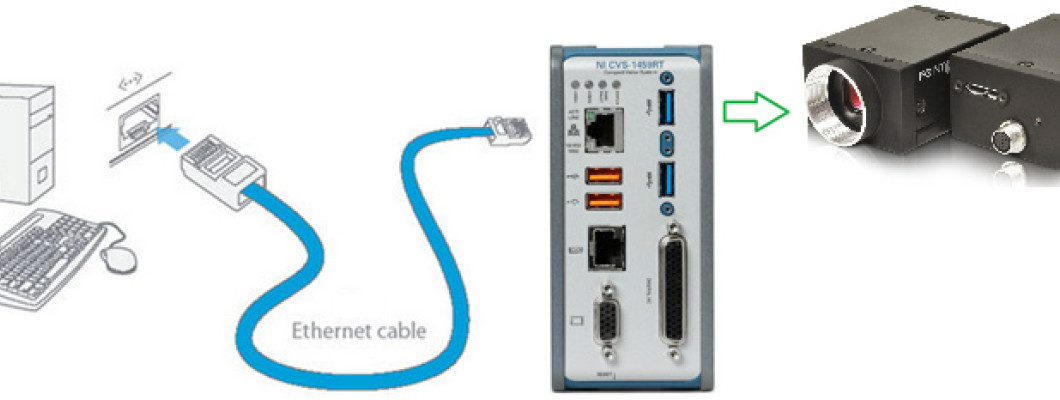
Choosing Fiber-Optic Light Sources for Spectroscopy: LED vs. Laser
Published by: Sohoprolab Editorial Team | Date: July 8, 2025
Introduction
Fiber-optic light sources are crucial for applications like absorbance spectroscopy, fluorescence, optical sensing, and biomedical diagnostics. Choosing between an LED-based source and a laser-based source impacts everything from spectral resolution to power stability. This article compares the two technologies and provides guidance based on application needs.
LED Light Sources: Pros & Cons
LEDs emit incoherent, broadband light ideal for low-cost, wide-spectrum applications. They offer high lifetime, thermal stability, and relatively low power consumption.
- Spectral Output: 20–100 nm wide
- Typical Wavelength Range: 360–1700 nm
- Stability: Good thermal performance, minimal drift
- Best For: Absorbance, diffuse reflectance, colorimetry
Laser Light Sources: Pros & Cons
Lasers provide narrowband, coherent light with high intensity and spatial focus. They excel in precision spectroscopy and fluorescence excitation, though at a higher cost and complexity.
- Spectral Width: < 1 nm (narrow linewidth)
- Wavelength Precision: Highly tunable or fixed
- Stability: Requires thermal regulation and alignment
- Best For: Raman, interferometry, time-resolved fluorescence
Comparison Table: LED vs. Laser
| Feature | LED Source | Laser Source |
|---|---|---|
| Emission Type | Broadband, incoherent | Narrowband, coherent |
| Beam Focus | Divergent | Collimated, focused |
| Typical Lifetime | 20,000–50,000 hours | 5,000–15,000 hours |
| Cost | Low to moderate | Higher |
| Application Flexibility | General purpose | Precision applications |
Frequently Asked Questions
- Can I use an LED source for fluorescence spectroscopy?
- Yes, but only for applications not requiring narrow excitation bandwidths. Lasers offer better excitation control.
- Is a laser required for Raman spectroscopy?
- Yes. Raman requires monochromatic, coherent sources—typically laser diodes or DPSS lasers.
- Which source has better long-term stability?
- LEDs have better thermal and electrical stability over long test sessions.
Conclusion
For broadband, low-cost fiber-optic spectroscopy, LED sources remain the go-to solution. When precision, coherence, and tight spectral control are essential—especially in Raman or interferometric applications—laser sources are preferred. Explore additional components in our Electronic Test & Instrumentation section or review related tools in Wireless Design & Test.
